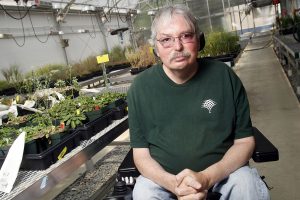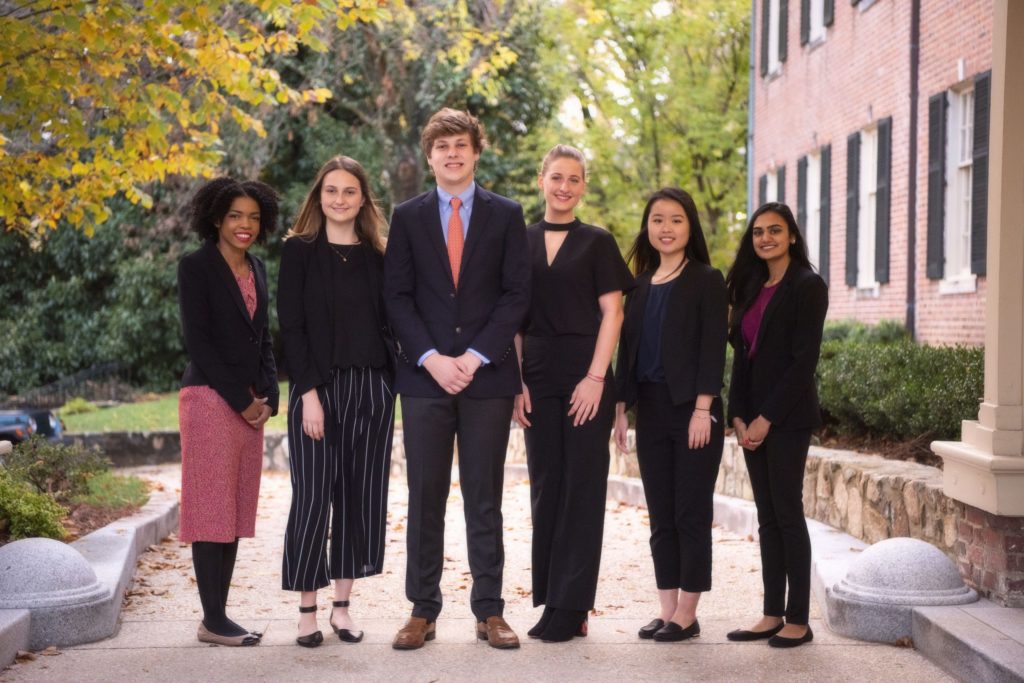
Beneath the surface of the earth, an influential community of microbes mingles with plant roots. In the first large-scale analysis of those communities, scientists have now catalogued and compared the hundreds of types of bacteria that associate with the roots of the model plant Arabidopsis under various conditions. The work establishes an experimental framework for examining how plants interact with a microbial community that can influence their growth and development, productivity, and impact on the environment.
The analysis, led by Jeff Dangl, a Howard Hughes Medical Institute-Gordon and Betty Moore Foundation investigator at the University of North Carolina at Chapel Hill, identifies a core group of bacterial types that are consistently found inside Arabidopsis roots. Other bacterial associations, the researchers find, are dependent on the type of soil in which a plant grows. The work is published in the August 2 issue of the journal Nature.
“It’s been known for decades that plants have growth-promoting interactions with microbes,” says Dangl, who is a biology professor at UNC’s College of Arts and Sciences. Researchers had examined some of those interactions on a case-by-case basis, testing individual microbial strains for their effects on plant growth. But outside the controlled environment of a laboratory greenhouse, a single microbe never acts alone. “Every shovelful of soil is different, and the microbial community is very diverse and extremely complicated,” Dangl says. “And everybody in that community is talking to each other using complex molecular signals.”
Stuck in the same plot of soil for its entire life cycle, a plant must sense and adapt to its nutritional environment, Dangl explains. Scientists speculate that a plant may recruit certain microbial aides to help it thrive under certain conditions, but these types of interactions remain largely unstudied. Almost nothing is known about how a plant’s genes influence the establishment of a microbial community in and around its roots, Dangl says.
Over the past 25 years, Dangl has used molecular biology to define the defense system that plants use to protect against pathogens, teasing out the roles of individual genes in the plant immune system. “Our studies have focused on binary interactions: one plant, one microbe, in controlled lab conditions,” he explains. “We’ve learned a lot from those studies, but eventually you reach a point where you can keep drilling deeper into something you already know, or you can blaze a new trail.” It was time, he decided, to investigate plant-microbe interactions in a way that better reflected the complex reality of life underground.
As many as 120 different types of bacteria might reside inside the root of a single plant, Dangl says, and the composition of that community is distinct from the microbial population in the local soil. “We want to know the molecular rules that guide the assembly of a community of microbes on the roots that helps a plant grow. Ecologists see this as a 120-variable problem. But I’d like to build it up from the bottom. I want to add complexity to the kinds of interactions we’ve been studying, but make it predictable.”
So Dangl turned to the model plant that he has studied for most of his career, the white-flowered weed Arabidopsis thaliana. With graduate students Derek Lundberg and Sur Hererra-Paredes and postdoctoral fellow Sarah Lebeis, he planned an experiment to compare the populations of microbes in and around the roots of hundreds of Arabidopsis plants, grown in different soils and with different genetic backgrounds.
Lundberg left the lab and returned with buckets full of soil from two locations: a nearby North Carolina farm and an experimental plot of land on the UNC campus. The campus plot had not been farmed in more than 100 years, and therefore had a very different chemical composition and a unique population of microorganisms as compared to the farm soil.
After removing native worms and insects and crushing each soil sample to produce a homogenous medium, Lundberg and the team used it to plant microbe-free seedlings from a variety of inbred genetic backgrounds. Soon, the plants were growing rapidly and the team was able to collect roots and the surrounding soil for analysis. They removed each of more than 600 plants from its pot and gently shook it to remove all but the soil in closest contact with the roots – a microenvironment known as the rhizosphere. After they collected the rhizosphere soil and rinsed the roots clean, they ground the roots up so the microbes within the root cells could be sampled, as well. A few weeks later, when the plants were more mature and growth had slowed dramatically, they collected roots and soil again.



